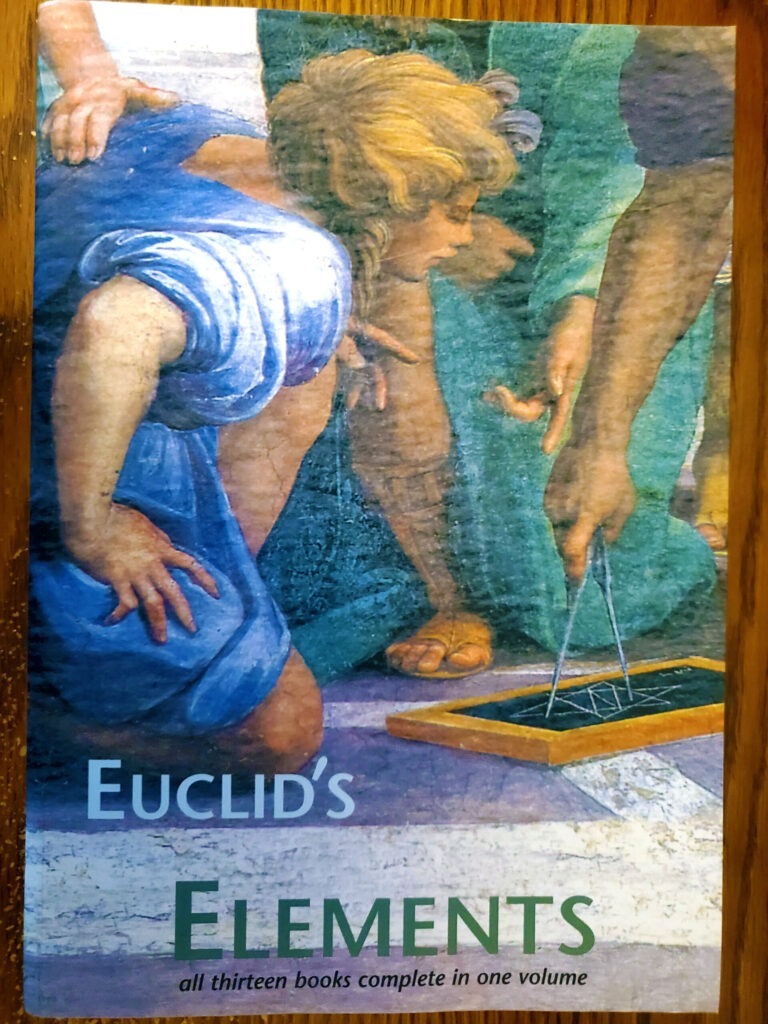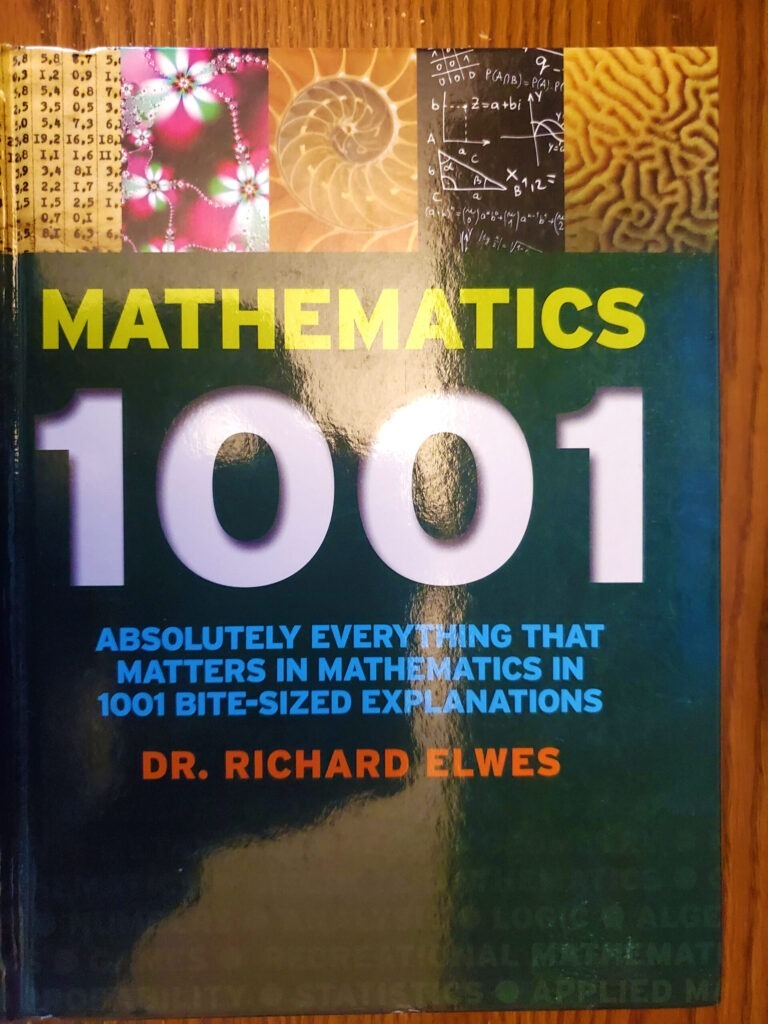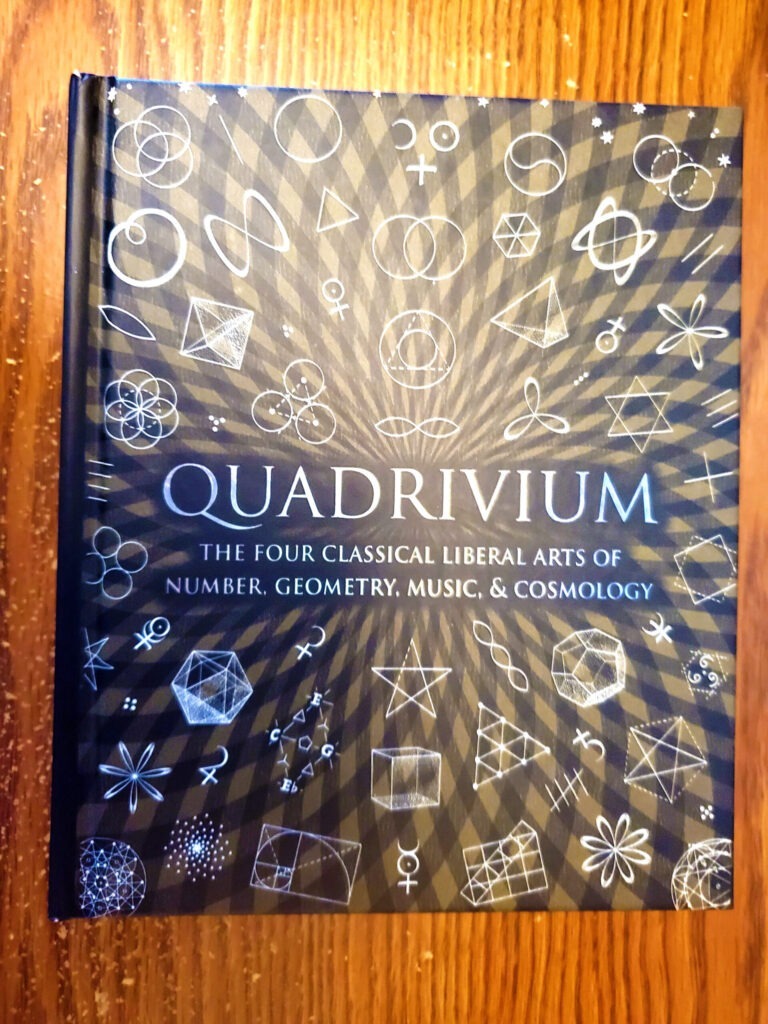In this review I will go over a short list of math books that I consider to be useful for most people interested in the subject of math. The books included in this list should provide a general math education. I tried to include books that cover the following aspects of general math education: introduction to basic concepts, introduction to major mathematical fields, relationship between math and other mathematical sciences, historical context of various developments in math, recent math developments, simple geometric constructions etc. I also think that math books are more engaging and useful if diagrams, tables, graphs, or geometrical constructions illustrate the mathematical concepts presented. Thus, I strived to include books that have many useful illustrations.
The books included in this review are meant to be useful to gain a general and holistic knowledge of the subject of mathematics. Nonetheless, these books should be useful as a springboard for a more in-depth study of various mathematical concepts. After people get a bird’s eye view of the subject, they can attack a more narrow area or field that appeals to them.
Euclid’s Elements (Thomas L. Heath translation, Green Lion Press)

For many hundreds of years, the primary math textbook was Euclid’s Elements. Euclid’s Elements is divided in 13 books (equivalent to the modern chapters) that cover 2D geometry, number theory and Platonic solids. Some of the things covered in the book are: geometric constructions, proof of the Pythagoren theorem (Book 1 Proposition 47), Euclidean algorithm to find the greatest common divisor (Book 7 Propositions 1-2) and Euclid’s Theorem regarding prime numbers (Book 9 Proposition 20). The most important lesson from Euclid’s Elements is the emphasis on systematic and rigorous proofs.
I think it is also important to mention why I like the Thomas L. Heath translation published by Green Lion Press. The translation by Thomas L. Heath is probably the most respected translation for the English language. The main benefit of buying the Green Lion Press edition is the fact that it is just one volume. I believe that Heath’s original edition was divided in 3 volumes because it had extensive commentary and the Greek text. The Green Lion edition has minimal commentary at the start of the book and it doesn’t have the Greek text (it has Greek words in the commentary and in the glossary). The Green Lion edition also has good diagrams, and if a proposition continues on the back of a page, the diagrams are also printed on the back of the page (so you don’t have to turn the page to see the diagrams). I want to end by saying that even though the Heath translation is relatively modern, most people may still find the language a little bit hard to follow since it doesn’t use the modern mathematical notation.
What I like the most about Euclid’s Elements, are the propositions that show how to do various constructions. The very first proposition in book 1 shows how to construct an equilateral triangle. Other construction propositions show how to bisect an angle, how to find the center of a circle and how to construct various regular polygons. You can attempt to do these constructions using a software like GeoGebra. In my opinion, it is a shame that geometry classes (in high school) don’t go over these constructions. Yes, the language in Euclid is difficult and the proofs are probably a bit too abstract even for high school students. But at least a geometry curriculum can cover the part that deals with constructions (even if they omit the proof part). These geometric constructions may help students develop their visual reasoning. I recommend this article for people interested in the topic of visual or diagrammatic thinking (Euclid’s Elements is mentioned many times).
Mathematics 1001 by Dr. Richard Elwes

Mathematics 1001 by Elwes is like a small (around 400 pages) math encyclopedia. The book can be very useful to get an overview of mathematics. Areas covered by the book are: Numbers, Geometry, Algebra, Discrete Mathematics, Analysis, Logic, Metamathematics, probability and Statistics, Mathematical Physics, Games and Recreation. The book mentions current mathematical developments and problems like The Clay Institute millennium problems and the Hilbert’s problems. The book also has many useful equations, tables, diagrams, geometrical constructions, and illustrations. The book can be very useful to find an interesting area of research (individual research, research for a paper etc).
An alternative to this book is The Princeton Companion to Mathematics. The Princeton Companion to Mathematics has about 1000 pages and it is written for people with a more serious interest in mathematics. Mathematics 1001 is much cheaper alternative.
Quadrivium (Wooden Books)

In antiquity the mathematical sciences were: Arithmetic or the study of number, Geometry or the study of number in space, Harmony/Music or the study of number in time and Astronomy or the study of number in space and time. The 4 disciplines formed the quadrivium (4 ways), and the quadrivium was usually paired with trivium (study of Grammar, Logic/Dialectic and Rhetoric). The book Quadrivium (Wooden Books) has a more modern approach to the quadrivium. The book is actually a compilation of 6 independent books that were put together. The six books are: Sacred Number by Miranda Lundy, Sacred Geometry by Miranda Lundy, Platonic & Archimedean Solids by Daud Sutton, Harmograph by Anhony Ashton, The Elements of Music by Jason Martineau and A Little Book of Coincidence by John Martineau. The book also has a few appendices that discuss a few things such as: early number systems, Pythagorean numbers (triangular, square and pentagonal numbers), Gematria, magic squares, properties of various numbers, ruler and compass constructions, polyhedral data table, musical scales, planetary tables, measurements units etc. This book has many beautiful illustrations, in fact each page that has written information is complemented by a right page that has only illustrations. Actually, this book can be used as a educational coffee table book.
Some people may complain that the style of the writing is a bit mystical. For example, in the chapter that corresponds to “A Little Book of Coincidence” the author shows how the orbit of the planets from the solar system seem to fit various geometric patterns. The chapter presents similar ideas to the ones found in the book Harmonices Mundi by Kepler. Of course, the author acknowledges that modern scientists consider these connections as mere coincidences. The modern astronomers or astrophysicists that consider these connections as mere coincidences are a bit arrogant in my opinion. Maybe these geometric patterns are just coincidences, but we can still allow the possibility that there is a bigger picture that we still don’t see or understand. Overall the book has a holistic approach, since it considers all these mathematical sciences or fields as connected and the connection is found in various interesting patterns. The book makes us wonder if there is a bigger picture that connects all these mathematical patterns.
